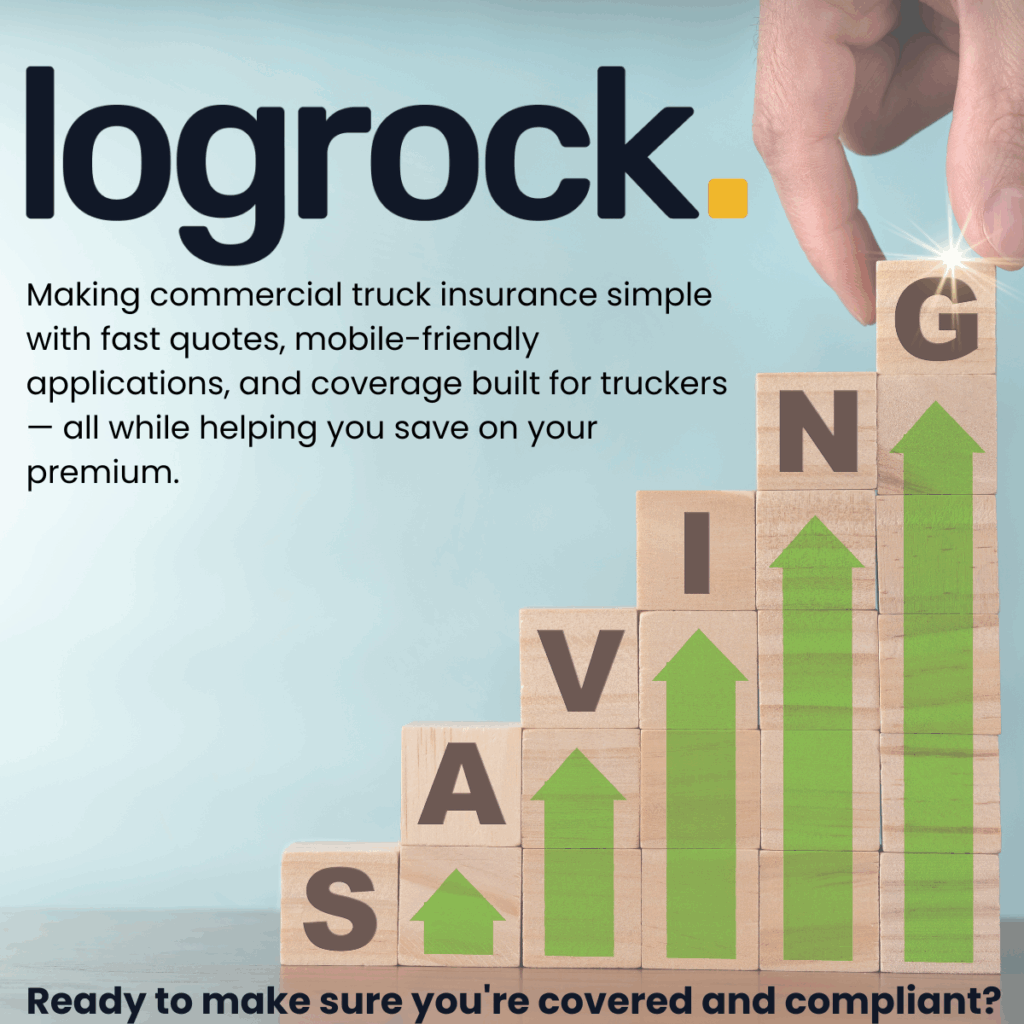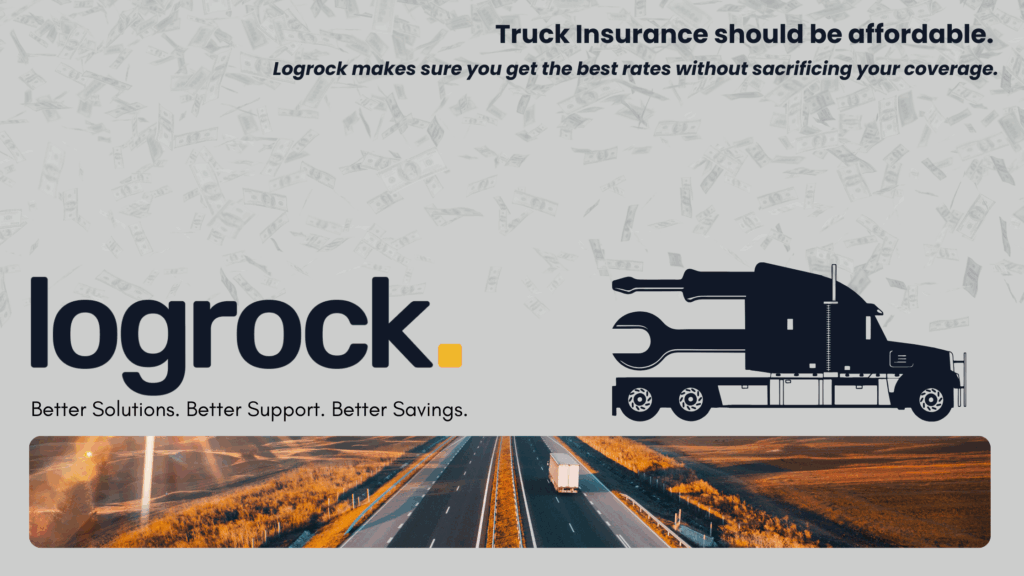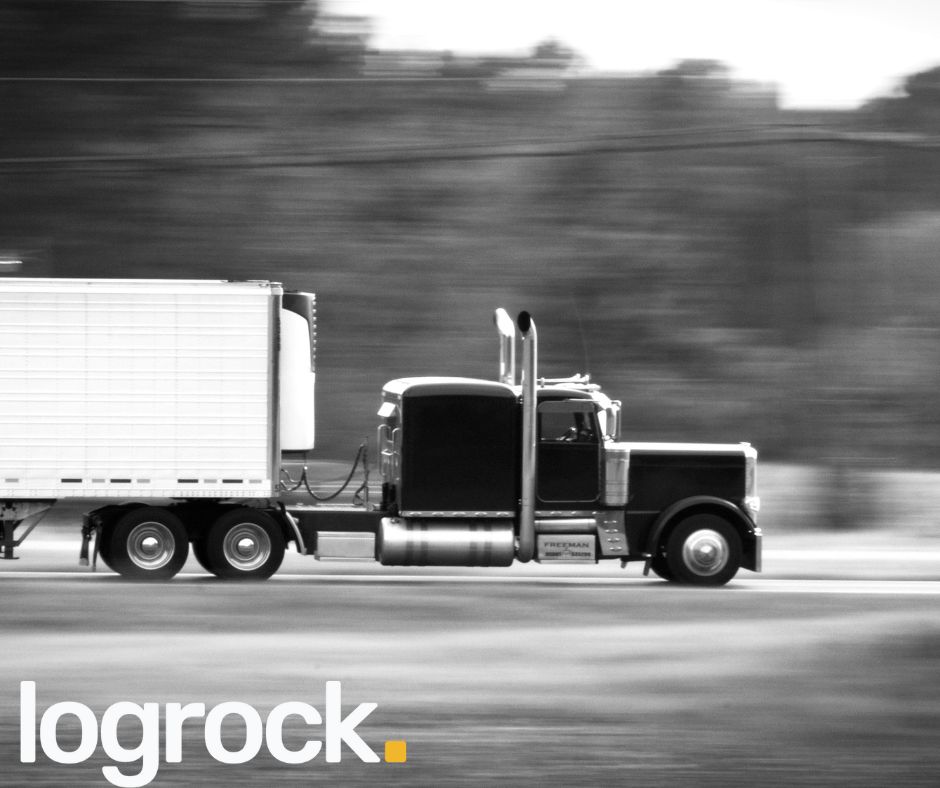From Authority to Hauling and Thriving.
Welcome to The Independent Trucker’s Roadmap – a simple, no-fluff guide designed to help
you go from a dream of owning your trucking business to running a profitable, compliant, and
long-lasting operation.
Whether you’re a seasoned CDL driver transitioning into independence or just getting started in
the industry, this guide will walk you through:
● Applying for your motor carrier authority.
● Securing insurance and staying compliant.
● Finding freight and negotiating loads.
● Managing maintenance, cash flow, and growing smart.
This guide was written to help owner-operators launch and succeed. You’ll gain clear steps and
tools that save you thousands in mistakes and missed opportunities.
Let’s get rolling. 🛻💨
Step 1: Getting Your Authority
Becoming an independent carrier starts with applying for your own authority from the Federal Motor Carrier Safety Administration (FMCSA). This gives you the legal ability to haul freight as a for-hire motor carrier.
What You’ll Need:
1. USDOT Number○
Register online at https://www.fmcsa.dot.gov/registration
○ Used to track safety, inspections, and compliance.
2. MC Number (Operating Authority)
○ Also filed through FMCSA.
○ Cost: $300 (as of now)
3. BOC-3 Filing (Process Agent)
○ Required to designate legal agents in each state.
○ Often handled by third-party companies for $20–$50.
4. UCR Registration (Unified Carrier Registration)
○ Required if you cross state lines.
5. Drug & Alcohol Testing Consortium
○ Required for CDL drivers.
○ You must enroll before operating.
6. Heavy Vehicle Use Tax (Form 2290)
○ Filed with the IRS if your truck weighs 55,000 lbs or more.
⚠ Pro Tips:
● Don’t fall for online scams charging hundreds to “help” you register. You can do it
yourself or work with a trusted professional.
● Keep all FMCSA login credentials and numbers in a secure place.
● Consider forming an LLC before applying for your authority to protect yourself legally.
Step 2: Insurance & Compliance You can’t get your MC number activated without proof of insurance. This is where a reliable insurance agent (like you) becomes crucial.
Required Insurance Types:
● Primary Auto Liability: $750,000 minimum (most brokers require $1 million).
● Cargo Insurance: Protects the freight you’re hauling (usually $100K minimum).
● Physical Damage: Covers your truck and trailer.
● Bobtail/Non-Trucking Liability: When driving without a trailer for personal use.
● General Liability (Optional but recommended).
Other Compliance Requirements:
● IFTA (International Fuel Tax Agreement).
● IRP (International Registration Plan) for apportioning license plates.
●ELD (Electronic Logging Device) for HOS tracking.
● Driver Qualification File & Drug Program.
● DOT Number Stickers and Truck Markings.
⚠ Pro Tips:
●Your safety record and driving history will impact your insurance cost.
● Make sure your equipment is up to DOT standards before inspection.
● Stay compliant with MCS-150 updates , biennial filing , and random drug testing
pools.
Step 3: Setting Up Your Trucking Business
You’re now legal — but are you ready to operate as a business?
🏢 Legal and Financial Setup:
● Form an LLC or S-Corp through your state’s Secretary of State website.
●Apply for an EIN (free at IRS.gov)
● Open a business bank account.
Sign up for bookkeeping software like:
● QuickBooks Self-Employed
● TruckLogics
● Rigbooks
📂 Must-Have Documents:
● Rate confirmations
● Invoices
● Fuel receipts and maintenance logs
● Insurance certificates
⚠ Pro Tips:
● Separate personal and business expenses to avoid tax issues.
● Track every mile, load, and dollar from the start.
Step 4: Getting Your First Load
Now it’s time to get paid. Here’s how to land that first haul:
Where to Find Loads:
● Load Boards: DAT, Truckstop, 123Loadboard
● Freight Brokers: Build relationships early
● Factoring Companies: Provide fast pay (for a fee)
● Dispatch Services: Optional, but helpful when starting
● Direct Shippers: Ideal long-term for better rates
Understanding Rate Confirmations:
● Pick-up/drop-off location and times
● Rate per mile / flat rate
● Accessorials (detention, layover, fuel surcharge)
● Payment terms
⚠ Pro Tips:
● Don’t haul cheap freight unless you know your cost per mile.
● Get everything in writing before you haul.
● Verify brokers on SaferWatch, FMCSA, or Truckstop broker checks.
Step 5: Keeping the Wheels Turning
Staying on the road means being smart about your operations.
Daily Operations:
● Plan routes to avoid traffic, tolls, and time losses.
● Use tools like TruckerPath and Samsara.
● Use fuel cards (e.g. NASTC, RTS) to save at the pump
Manage Your Time & Logs:
● Comply with Hours of Service (HOS)
● Use an ELD that works with your phone/tablet.
● Keep clean logs to avoid costly violations.
⚠ Pro Tips:
● Track deadhead and unpaid miles
● Deliver on time to build a strong broker reputation
Step 6: Maintenance and Truck Health
Your truck is your business — treat it like your biggest investment.
Maintenance Tips:
● Follow a preventive maintenance schedule.
● Keep oil, brake, tire, and fluid inspections regular.
● Log all maintenance in a spreadsheet or app.
Helpful Tools:
● Diesel Laptops or OTR Diagnostics for code reading.
● Tire Pressure Monitoring Systems.
● Mobile mechanics for emergencies.
⚠ Pro Tips:
● Breakdown? Always document, communicate with brokers, and save receipts
● Use maintenance reserves : $0.10–$0.20 per mile
Step 7: Staying Profitable
Profit is the name of the game. These basics help you stay in the black.
Know Your Numbers:
● Fixed Costs: Truck note, insurance, permits
● Variable Costs: Fuel, maintenance, tolls
● Calculate cost per mile and use that to price loads
Ways to Boost Profit:
● Haul more profitable lanes.
● Increase fuel efficiency (slow down, reduce idle time).
● Reduce downtime.
● Improve broker relationships for better freight.
⚠ Pro Tips:
● Don’t chase miles — chase profit per mile.
● Run lean and avoid unnecessary purchases early on.
Step 8: Common Mistakes and How to Avoid Them
● Jumping in without knowing expenses.
● Hauling cheap freight without knowing your break-even point.
● Ignoring FMCSA compliance.
● Failing to save for taxes and repairs.
● Not reading the fine print on contracts.
Helpful Resources & Tools
Websites:
● FMCSA.gov
● DAT.com
Apps & Tools:
● TruckerPath
– navigation and parking
● Fuelbook
– find cheapest fuel
● KeepTruckin / Motive
– ELD & dash cam
● TruckLogics
– business management
Communities:
● TruckersReport Forum
● Facebook Groups: “New Authority Truckers”, “Owner Operator Advice”
Final Thoughts:
Starting your own trucking business is a bold move — and one that comes with challenges, but also massive rewards.
Stay focused, stay legal, and stay profitable. Use this guide as a foundation, keep learning, and build something that lasts.
Wishing you safe travels and big checks!
Get signed up with Logrock today in minutes!




